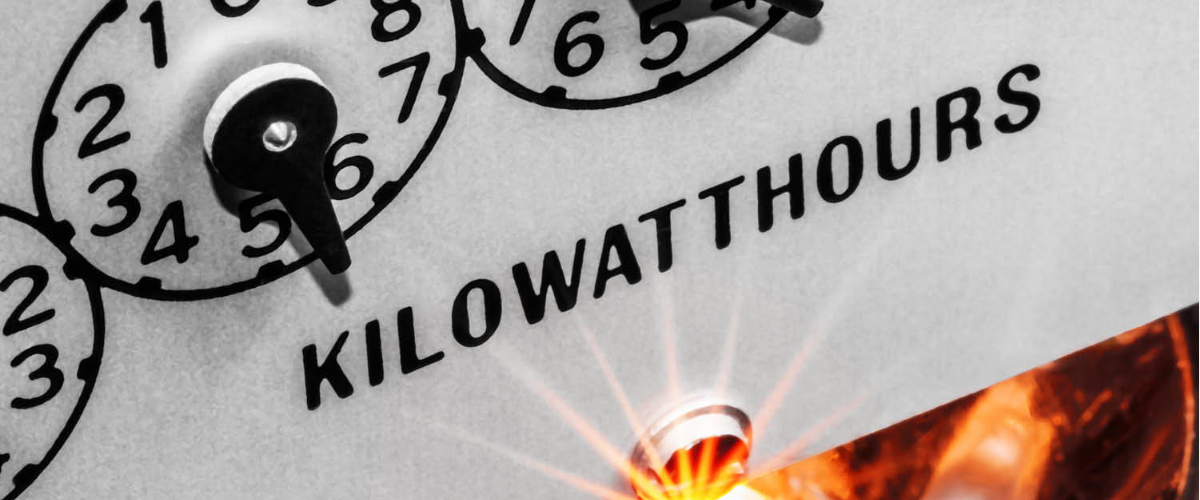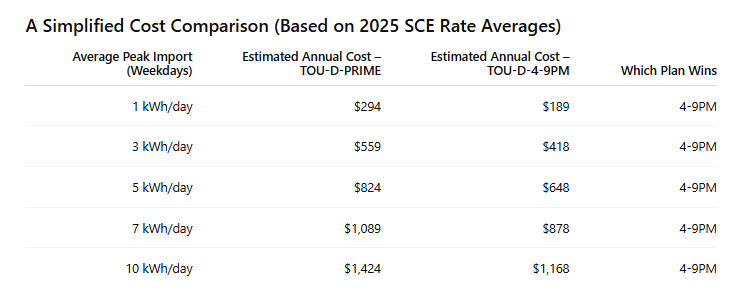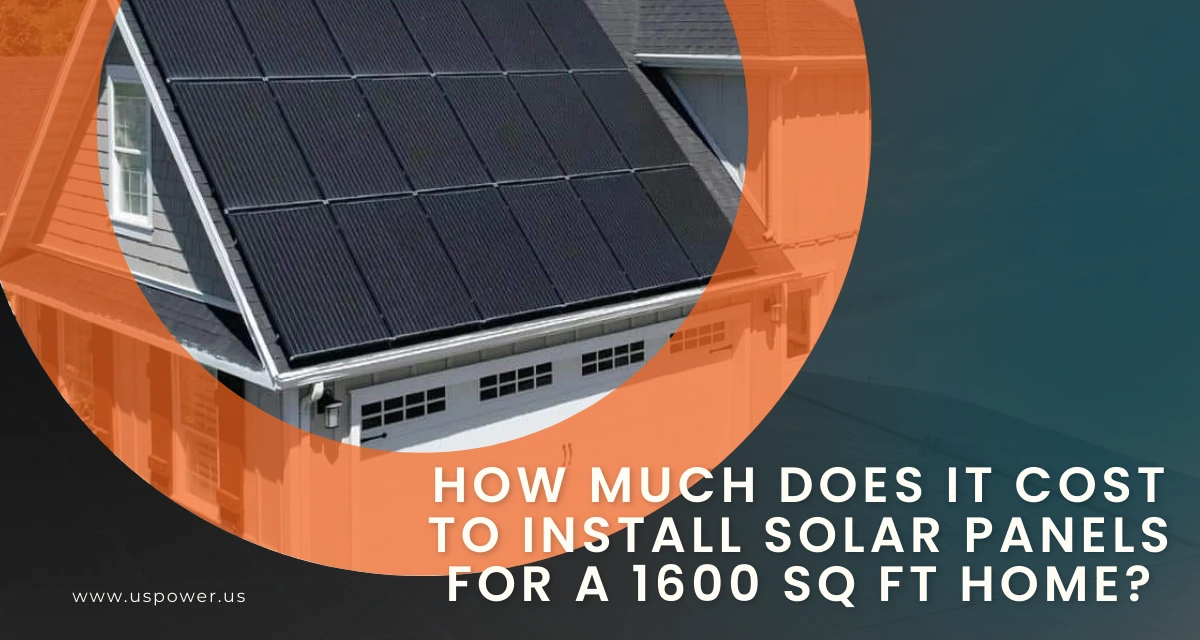Best SCE Rate Plan for Solar Owners: TOU-D-PRIME or TOU-D-4-9PM?

Solar and Roofing Advisor
Your 2025 SCE solar rate guide: Compare TOU-D-PRIME vs TOU-D-4-9PM to maximize savings on your solar and battery system in Southern California.

Southern California homeowners with solar panels are facing a new challenge — figuring out the best Southern California Edison (SCE) rate plan to maximize savings.
The two most common options are TOU-D-PRIME and TOU-D-4-9PM, and while both are time-of-use (TOU) plans, the savings difference can depend on how your household uses energy and how your solar + battery system is set up.
As of October 2025, SCE has updated several rate components, including fixed daily charges and time-of-use peak windows. If you’re already on Net Energy Metering (NEM 2.0 or NEM 3.0), understanding these plans is key to getting the most out of your solar investment.
What’s the Difference Between TOU-D-PRIME and TOU-D-4-9PM?
| Plan | Peak Hours | Daily Fixed Charge | Typical Summer On-Peak Rate | Typical Off-Peak Rate | Eligibility |
|---|---|---|---|---|---|
| TOU-D-PRIME | 4–9 PM | ~$0.59/day | ~$0.55/kWh | ~$0.25/kWh | Required for NEM 3.0 (Solar + EV) |
| TOU-D-4-9PM | 4–9 PM | ~$0.03/day | ~$0.50/kWh | ~$0.27/kWh | Available for NEM 2.0 and non-EV customers |
While the two plans share the same peak window (4–9 PM), the main difference lies in the daily fixed charge. TOU-D-PRIME has a higher daily fee (around $18/month), originally designed for electric vehicle (EV) drivers and energy storage users. TOU-D-4-9PM, on the other hand, keeps the daily fee low, making it more attractive for average households with stable daytime solar production.
Why This Matters for Solar Homeowners
For solar customers, rate plans are more than just billing structures — they determine how much credit your solar system earns for the power it sends back to the grid and when your battery discharges.
Under NEM 2.0, most homeowners still enjoy near one-to-one credit for exported solar power. That means selecting a plan with higher on-peak export rates can help offset your electricity costs faster.
For NEM 3.0 customers, export credits are lower, so optimizing your battery’s discharge schedule (e.g., during 4–9 PM) becomes crucial.
If you’re using a Powerwall or any home battery, you can program it to discharge during the most expensive peak hours. That’s where TOU-D-PRIME and TOU-D-4-9PM differ slightly in how much you save depending on your consumption habits.
Real Example: $672 vs $559 per Year
An SCE homeowner in Southern California recently received an email from Edison showing they could save about $113 per year by switching from TOU-D-PRIME to TOU-D-4-9PM.
Their setup included:
- An 8.1 kW solar system under NEM 2.0
- One Powerwall battery
- An EV charged at various times throughout the day
- Typical weekday home usage (laundry, dishwasher, charging) without strict scheduling
SCE’s estimate suggested that even with EV charging and a battery, the lower fixed charge of TOU-D-4-9PM outweighed the slightly lower on-peak export rates.
In short:
If you have a solar + battery setup and don’t rely heavily on grid power during 4–9 PM, TOU-D-4-9PM may yield higher annual savings.
However, if your EV charging or home usage happens mostly in the evening, TOU-D-PRIME’s structure can still work in your favor.
A Simplified Cost Comparison Chart

In this scenario, even modest solar households using under 10 kWh per day from the grid benefit from TOU-D-4-9PM. The plan’s smaller daily charge more than offsets any minor rate difference.
That said, actual savings can vary depending on:
- How much energy your solar panels export
- When your battery discharges
- Your EV charging schedule
- Your Clean Power Alliance (CPA) plan or other community choice aggregator
What About NEM 3.0 Customers?
Under NEM 3.0, export rates are based on the grid’s hourly value of energy — not the retail rate. This means your utility credits depend on the time and value of your exports.
Currently, SCE requires most NEM 3.0 solar customers to enroll in TOU-D-PRIME, especially if they have a battery or EV. This plan offers the best compatibility for Time-Based Control settings in systems like Tesla Powerwall, Enphase IQ Battery, and Qcells Q.HOME CORE.
Even if TOU-D-4-9PM appears cheaper on paper, it’s often unavailable to new NEM 3.0 enrollees.
If you’re still on NEM 2.0 (connected before April 2023), you can keep your current plan or switch to another eligible one like TOU-D-4-9PM — and potentially extend your payback period advantage.
Pro Tip: Wait for SCE’s Fixed Charge Update
SCE is rolling out a new fixed monthly charge structure in late 2025 under California’s AB 205 energy reform. Once fully implemented, all residential customers will pay a fixed charge based on income level — reducing the per-kWh cost.
This change could make TOU-D-4-9PM even more favorable for solar customers with efficient systems.
If your current savings difference is small (under $10 per month), it may be worth waiting until the update takes effect to make a permanent rate plan switch.
How to Choose the Right Rate Plan
Here’s a quick decision guide for solar homeowners:
| Your Situation | Best Option (as of Nov 2025) |
|---|---|
| You’re on NEM 2.0 with battery storage | TOU-D-4-9PM (lower daily charge, flexible) |
| You’re on NEM 3.0 or have EV charging | TOU-D-PRIME (required for new interconnections) |
| You charge your EV mostly overnight | TOU-D-4-9PM (cheaper off-peak) |
| You charge or use heavy loads during 4–9 PM | TOU-D-PRIME (can pair with battery discharge) |
Maximize Your Savings with the Right Solar Setup
Switching rate plans is only one piece of the savings puzzle. The biggest cost reduction still comes from producing and storing your own clean energy.
At US Power, homeowners can take advantage of:
- Qcells high-efficiency solar panels (American-made, factory-direct pricing)
- Integrated battery storage for energy independence
- Free utility rate plan and savings assessment
- Expert installation teams across Southern California
Our team helps you find the most cost-effective combination of panels, batteries, and rate plans — customized for your home and your SCE usage data.
As SCE continues to adjust rates and California phases in new fixed charges, homeowners with solar have more control than ever over their energy bills. For most NEM 2.0 customers, TOU-D-4-9PM offers the best balance of low daily fees and flexible solar credits. For newer NEM 3.0 systems, TOU-D-PRIME remains the required and most compatible plan.
Either way, your battery strategy and solar efficiency matter more than the plan name — and that’s where professional guidance from US Power makes all the difference.
Before installing a solar + battery storage system, schedule your free solar quote with us.
Find out which rate plan and solar setup can save you the most with your current SCE bill.
Frequently Asked Questions
Artículos relacionados
Nuestros blogs relacionados
How Much Are California Homeowners Paying for Electricity
See current electricity costs and what California homeowners has to pay monthly.
Maximize Your Solar Savings During PG&E True-Up
QCells Solar Panels + Powerwall maximum solar savings. PG&E true-up explained.
How Much Does It Cost to Install Solar Panels for a 1600 Sq Ft Home?
See solar panel costs and savings with US Power for 1,600 sq ft homes in CA.








Empoderamos a las comunidades y las empresas para que aprovechen las energías limpias y renovables energía solar soluciones que impulsan el crecimiento sostenible.
Derechos de autor © 2025 US POWER | Energía solar y techosUS Power - Axia by QCells. All Rights Reserved.
La privacidad es importante para nosotros, por lo que tiene la opción de deshabilitar ciertos tipos de almacenamiento que pueden no ser necesarios para el funcionamiento básico del sitio web. El bloqueo de categorías puede afectar a su experiencia en el sitio web.
Imprescindible
Estos elementos son necesarios para habilitar la funcionalidad básica del sitio web.
Personalización
Estos elementos permiten que el sitio web recuerde las elecciones que ha realizado (como el nombre de usuario, el idioma o la región en la que se encuentra) y proporcionan funciones mejoradas y más personales.
Mercadeo
Estos artículos se utilizan para ofrecer publicidad que sea más relevante para usted y sus intereses.
Analítica
Estos elementos ayudan al operador del sitio web a comprender cómo funciona su sitio web, cómo interactúan los visitantes con el sitio y si puede haber problemas técnicos.
Nosotros y nuestros socios externos utilizamos cookies y otras tecnologías para mejorar y rastrear su experiencia en este sitio, realizar análisis y personalizar el marketing para usted. Al usar el sitio, aceptas que usemos estas tecnologías, incluido el registro y el monitoreo de tus interacciones con el sitio.
¡Obtenga una estimación solar instantánea usando el satélite!










